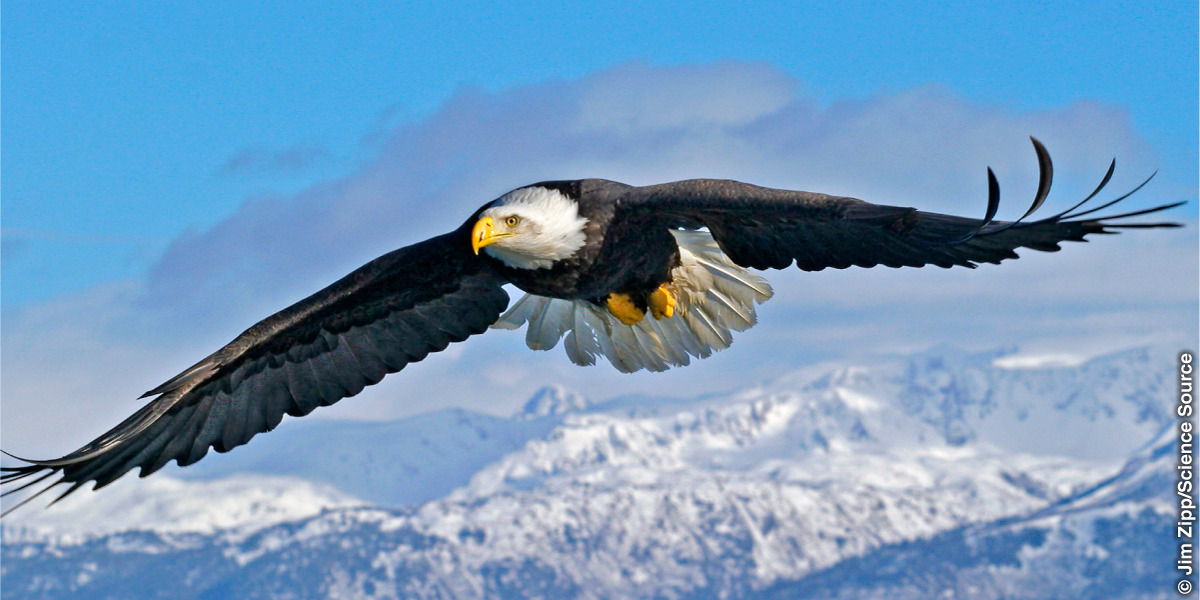A Jet plane in flight creates rapidly
spiraling swirls of air at the tips of its wings. These vortices cause drag,
increasing fuel consumption. They also buffet planes that may be following
closely. Thus, flights departing from the same runway must be sufficiently
spaced to allow time for the vortices to dissipate.
Airplane
engineers have discovered a way to reduce these problems. Their solution?
Winglets, inspired by the upturned wing-tip feathers of soaring birds, such as
buzzards, eagles, and storks.
Consider: During flight, the feathers on the wing
tips of those large birds bend upward until they are almost vertical. This
configuration balances maximum lift with minimum wing length. It also improves
performance. Engineers have designed airplane wings with a similar shape. Using
innovative wind-tunnel testing, they found that if the modified wings were
precisely curved at the tip and properly aligned with the airflow, they
improved aircraft performance—nowadays by
up to 10 percent or more. The reason? Winglets minimize drag by reducing
the size of the vortices. Moreover, winglets also create a form of thrust that
“counteracts some of the normal drag of the airplane,” says the Encyclopedia of Flight.
Winglets
thus enable airplanes to fly farther, carry a greater load, have shorter wings—which also facilitates parking—and save fuel. In 2010, for
example, airlines “saved 2 billion gallons [7,600 million L] of jet
fuel worldwide” and contributed to large reductions in aircraft emissions, says
a NASA news release.
